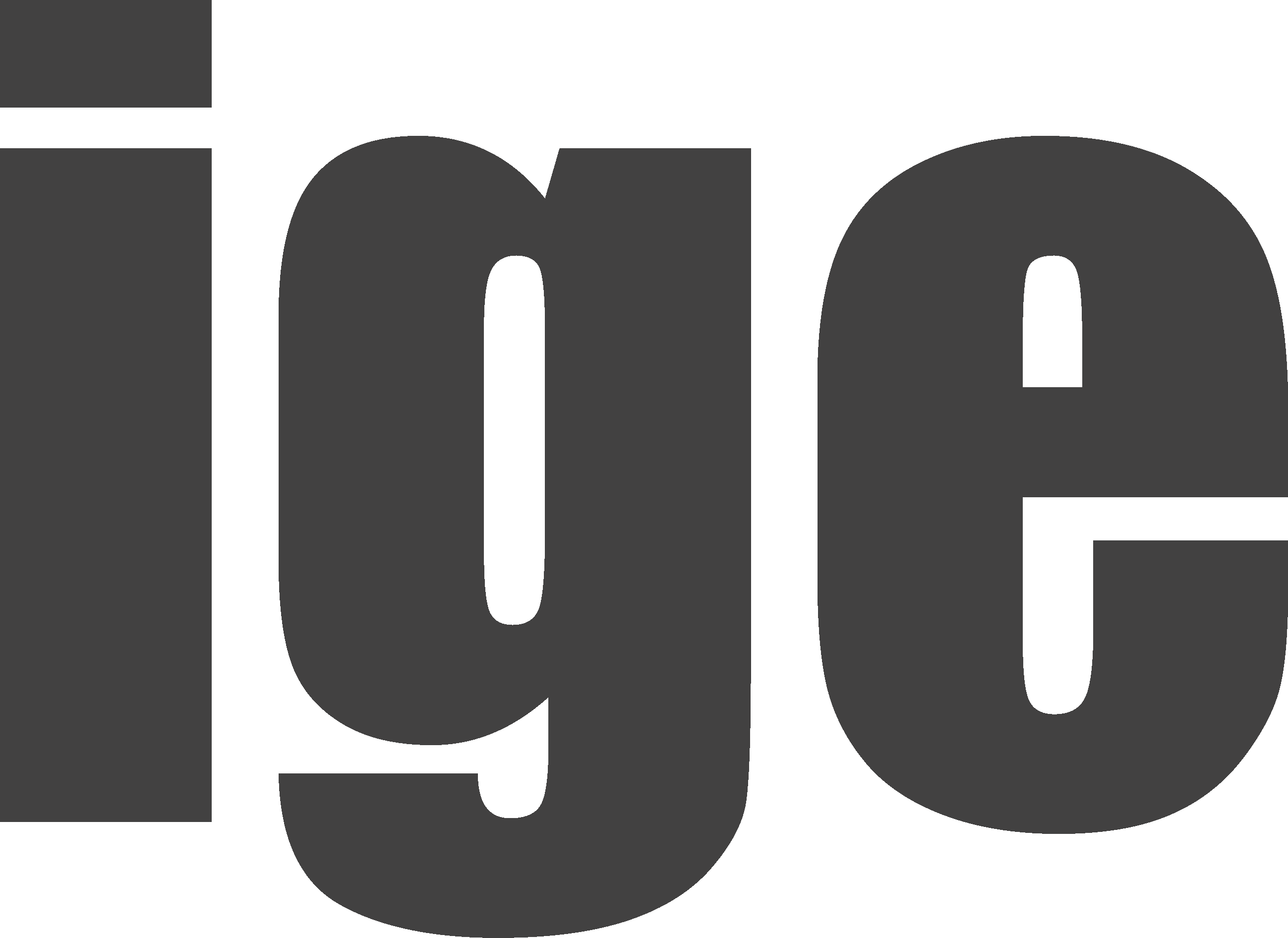New Transparencies
2021/22
In times of decentralized finance, blockchain technologies, decentralized cities and energy systems, invented in the name of Transparency and uncensored societies, this year’s theme affects many aspects of our modern lives. The pandemic aftermath has questioned more than ever and pushed political representation to put Transparency in the focus of their agenda.
On the one hand, the topic of Transparency requires a theoretical examination because it appears in many different meanings and manifestations in society and politics. For many, Transparency means the absence of corruption, free availability of information and the prerequisite for a just society. Others, however, who look at Transparency in the physical sense, fear the invasion of glass walls as they watch the separation between private and public increasingly disappear.
In architecture, Transparency is often articulated by a high proportion of glazing. Through transparent facades, governments and banks try to prove that they have nothing to hide. Visual insights are created to induce a feeling of trust.
The material-specific properties of glass and other transparent materials bring challenges to the energy performance of a building. While flooding spaces with natural daylight are desirable for most uses, glass facades often lead to overheating. Therefore, it is necessary to consider climatic and energy factors at the design stage to design energy-efficient buildings.
In the master studio, a theoretical examination of the topic will take place, concluding with the formulation of a manifesto, the description of an appropriate architectural task, and the site’s selection. In the second phase, the design will take place: concepts, volumes, orientation, facades, adaptive materials, energy implications, climatic conditions and other aspects of building and design.
With this in mind, we find that free choice holds much greater potential so that students can explore their interpretations within the theme of “New Transparencies.” The many meanings and manifestations of Transparency in contemporary architecture and how it affects energy flows in the built environment, and climate change will be explored. The theme will be explored on multiple levels using design tasks at different scales, with different uses, and in different climatic and cultural contexts.
While the design process leads to a diverse range of interpretations or projects in the studio, energy parameters will be evaluated using a visual programming language and environment of computer- aided design application. A thorough examination of the building’s specific use-related requirements and climatic parameters, building envelope, building services, and energy supply will take place.
This year’s theme invites reflections and considerations of new social constructs and ways of living, which exist and evolve with architecture, and all the spaces we occupy on a daily basis.
